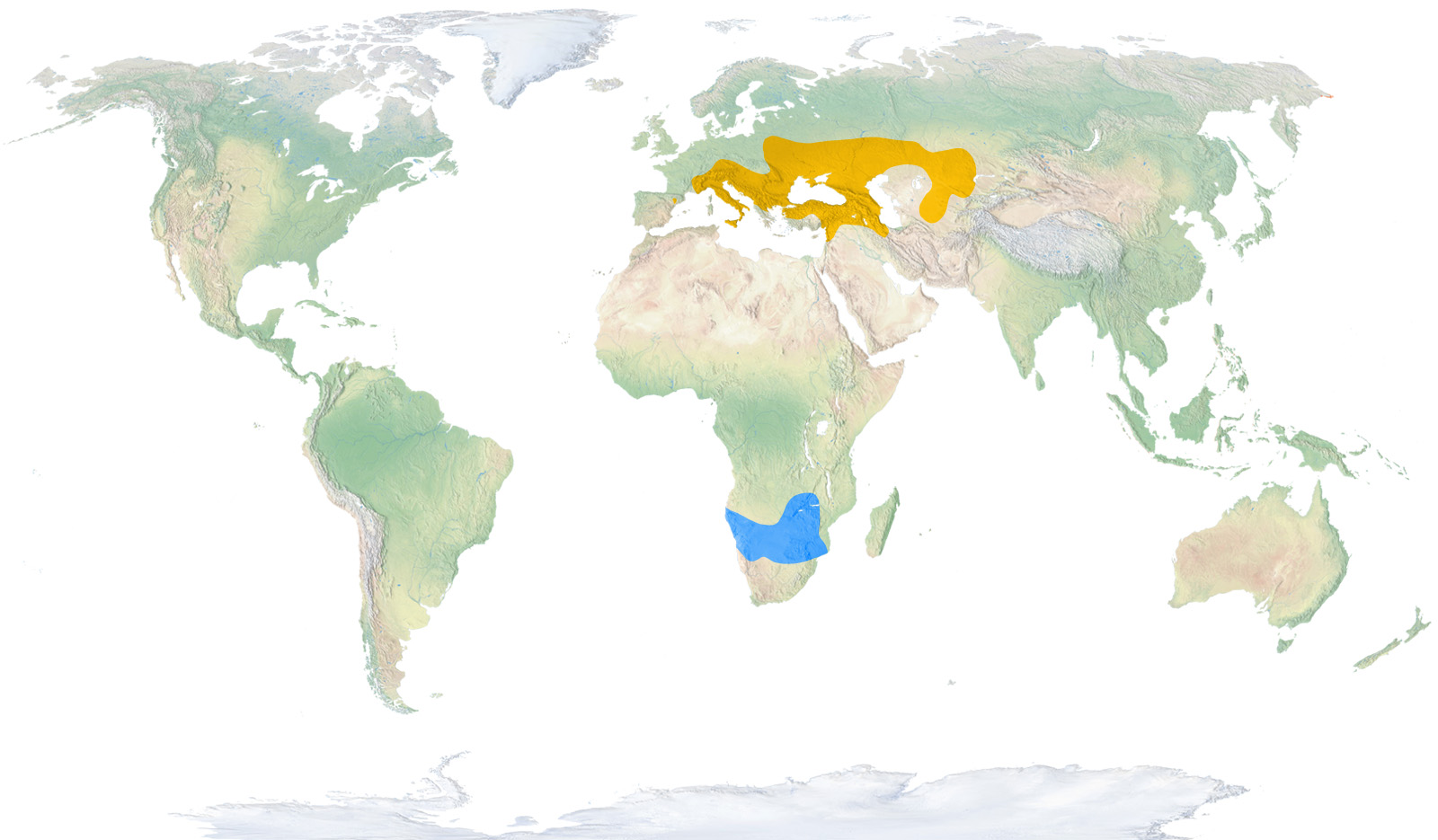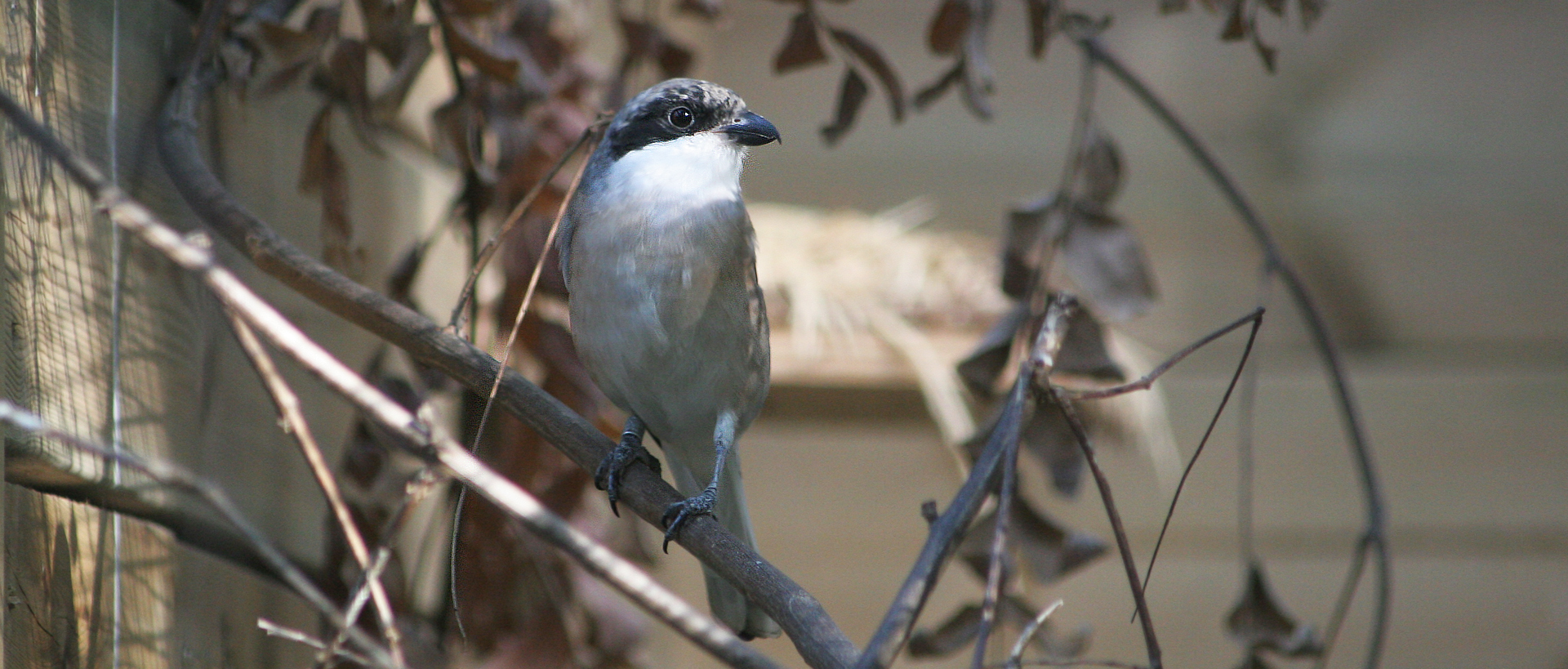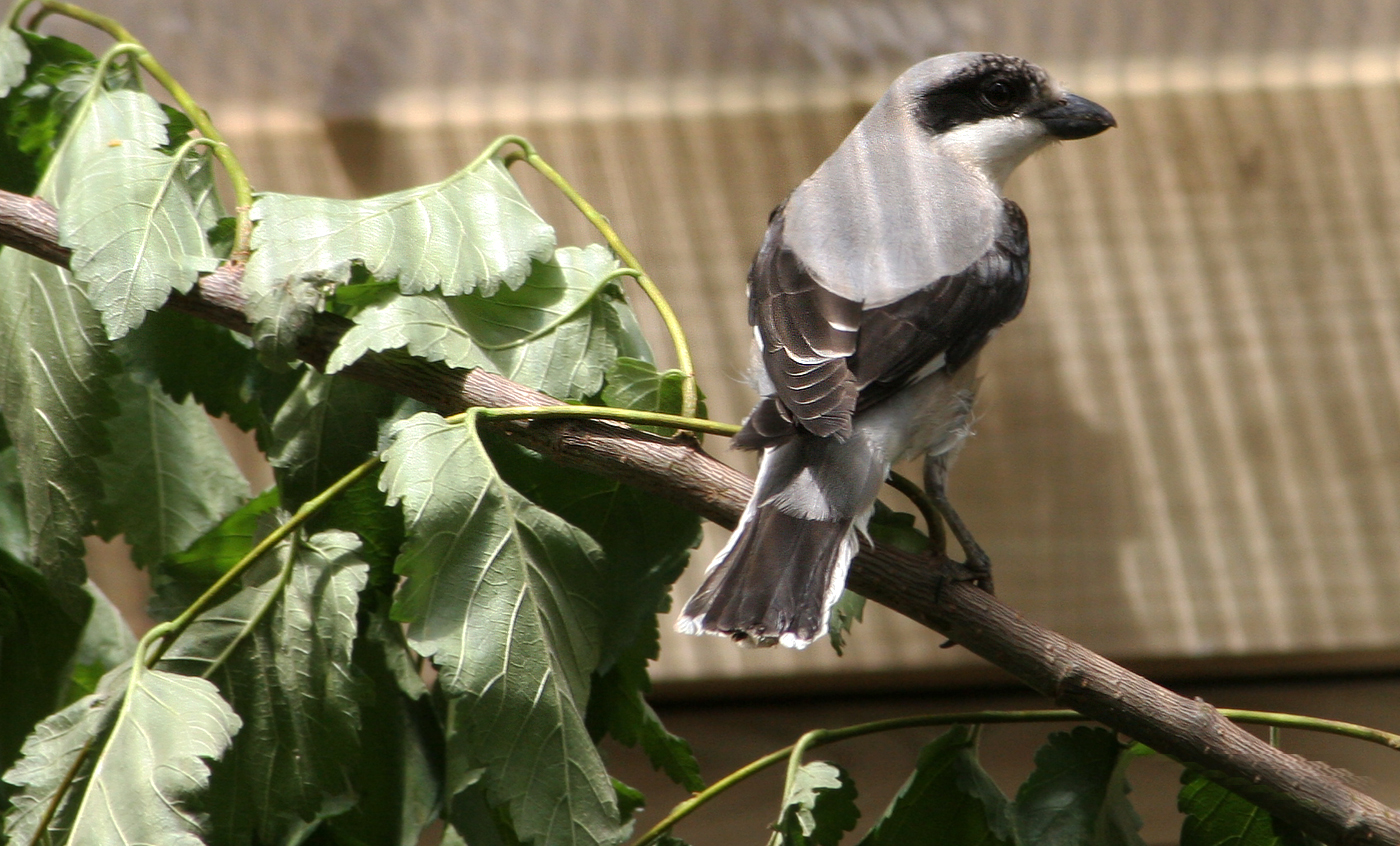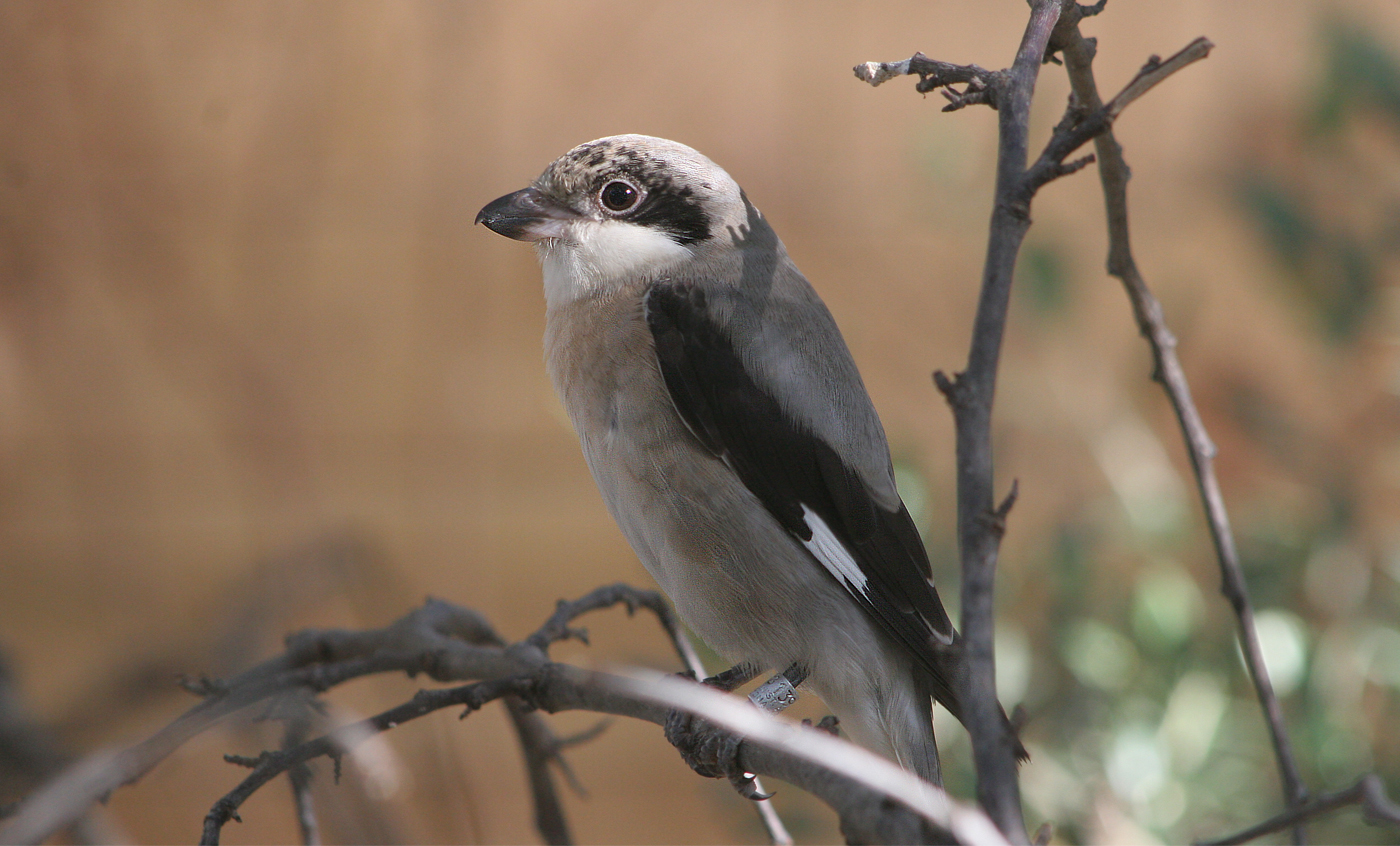Lesser grey shrike
The lesser grey shrike is a small passerine bird of the Laniidae family characterised by a large beak and head that are out of proportion with the rest of its body. A pure insectivore, it uses its powerful and curved beak to break the exoskeletons of the beetles and other insects on which it feeds. Laniidae are known for impaling their prey on the sharpened twigs of bushes, enabling them to tear them apart easily.
Natural habit
From the north eastern Spain to Central Asia and northern Jordan. Winter in southern Africa.

- Distribution / Resident
- Breeding
- Wintering
- Subspecies
Risk level
- Extint
- Extint in the wild
- Critically endangered
- In Danger
- Vulnerable
- Near threatened
- Minor concern
- Insufficient data
- Not evaluated
Taxonomy
Physical characteristics
Biology
Reproduction
Biology
The shrike is a small passerine bird that belongs to the Laniidae family, which is the same family as other species living in Catalonia like the woodchat shrike Lanius senator, red-backed shrike, Lanius meridionalis, or southern grey shrike, Lanius collurio, which is characterised by having a large beak and head that are disproportionate to the rest of the body, like falcons and other smaller birds of prey. Its back and top of its head are grey, with a pink breast and a highly-characteristic black eye mask and forehead.
Its area of distribution is primarily in Eastern Europe and Asia. Until recently it was also abundant in Western Europe, but on the Iberian Peninsula today we can only spot them in a very limited area in the province of Lleida.
It is a strict insectivore, using its powerful curved beak to break the exoskeletons of beetles and other insects it feeds on. The Laniidae family is known for impaling their prey on the sharp branches of bushes, from where it can then quarter them easily.
In Catalonia, breeding starts at the end of May with building the nest, in which it lays five to seven eggs that are incubated by the female for some 15 days. Around August, the chicks leave the breeding areas to embark upon migration.
It is a summering species that spends the winter in the south of the African continent, in the Kalahari depression. It makes one of the longest migrations of all European birds, as it crosses the Mediterranean in the Near East and not at Gibraltar.
Although this species is not endangered in the entire world, in Catalonia there has been a huge drop in its numbers in recent decades. It used to have an extensive and well-established population in our lands, and today it is very limited, with only few individuals surviving on the Lleida plain. This situation has made it the vertebrate that is most endangered of all Catalan fauna and, indeed, all Iberian fauna. The causes for the decrease in shrike numbers here and in a large part of its European distribution area are largely due to the combination of several factors, including the loss of nesting habitat (dry crops with fallow lands and well conserved borders) due to farming intensification, climate change, high predator rates and excessive use of pesticides that kill the insects on which it feeds. The Barcelona Zoo takes part in an important shrike conservation project, consisting of the establishment of a collaboration agreement with the Shrike Association (Associació d’Amics del Centre de Recuperació de Fauna de Vallcalent) in order to maximise the breeding of this species ex situ and favour in situ conservation of the wild population, which is done by the Vallcalent Fauna Recovery Centre in the Lleida area where the species has survived.






